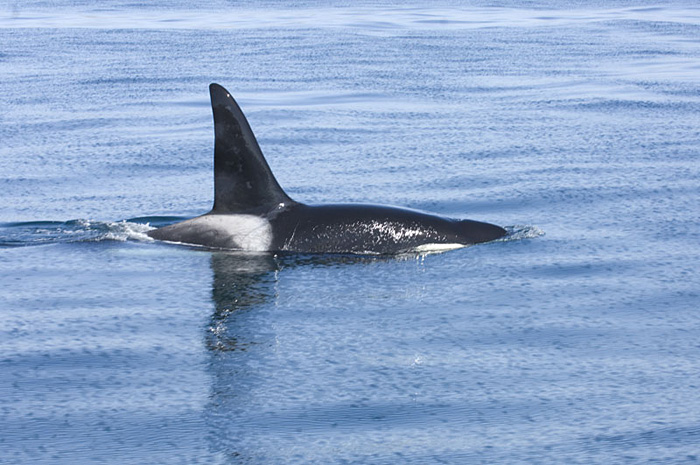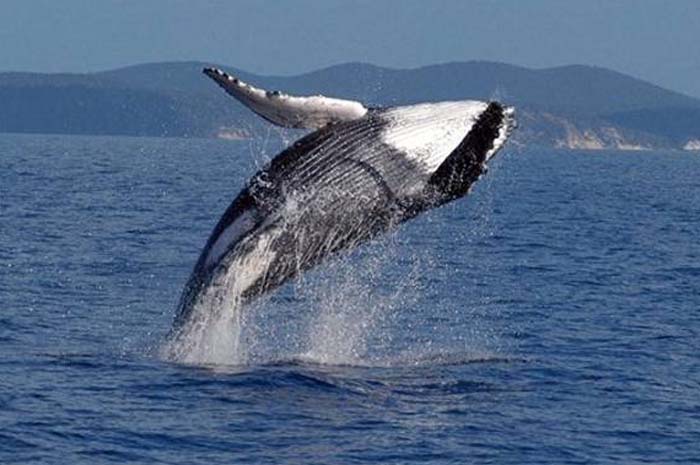Blue Whales
Balaenoptera musculus
The blue whale (Balaenoptera musculus) is a marine mammal belonging to the suborder of baleen whales (called Mysticeti). At 30 metres (98 ft) in length and 180 metric tons (200 short tons) or more in weight, it is the largest known animal to have ever existed.
Long and slender, the blue whale's body can be various shades of bluish-grey dorsally and somewhat lighter underneath. There are at least three distinct subspecies: B. m. musculus of the North Atlantic and North Pacific, B. m. intermedia of the Southern Ocean and B. m. brevicauda (also known as the pygmy blue whale) found in the Indian Ocean and South Pacific Ocean. B. m. indica, found in the Indian Ocean, may be another subspecies.
Blue Whale as with other baleen whales, diet consists almost exclusively of small crustaceans known as krill. The species of this zooplankton eaten by blue whales varies from ocean to ocean. An adult blue whale can eat up to 40 million krill in a day. The whales always feed in the areas with the highest concentration of krill, sometimes eating up to 3,600 kilograms (7,900 lb) of krill in a single day.
Wildlife in the Channel Islands
As the Blue Whales migrate south, they stick close to the central California coast and the Channel Islands.
There are several different species of whales that can be encountered on one of our trips. California Gray Whales, Humpback Whales, Blue Whales, Finback Whales and Orca Whales (Killer Whales) are common sightings in the waters surrounding the Channel Islands. Additional wildlife includes seals, sea lions, dolphins and a rich variety of bird life; some of which are endangered and protected. Blue Whale Watching Channel Islands Southern California
Whale Watch trips
December 26 – April 30
Departure Time:
Weekdays: 9:00 AM
Weekends: 9:00 AM and 1:00 PM
Type of Wildlife in the Channel Islands Region
There are several different species of whales that could be encountered on one of your trips. California Gray Whales, Humpback Whales, Blue Whales, Finback Whales and Orca Whales (Killer Whales) are common sightings in the waters surrounding the Channel Islands. Additional wildlife includes seals, sea lions, dolphins and a rich variety of bird life; some of which are endangered and protected.










